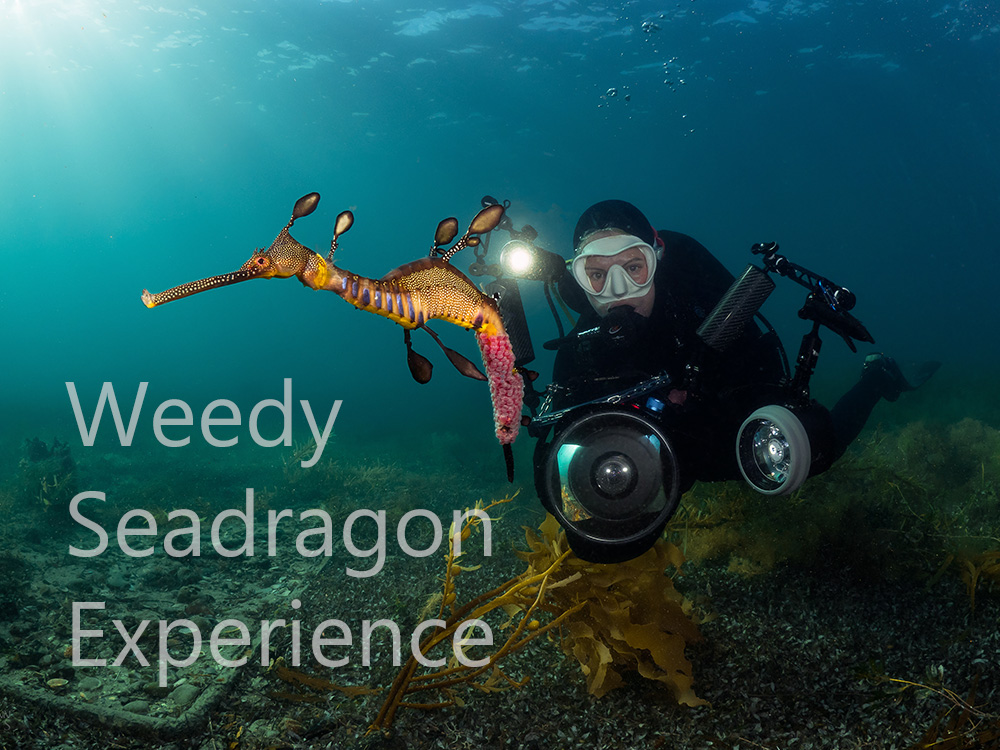Navigation
How to Pay for Non-standard Shipping Options
Express Post within Australia: Most items from The Scuba Doctor for delivery within Australia are shipped using Australia Post via registered post or sent in trackable satchels for a flat postage and handling charge of $15. Orders worth $1000 or more are FREE delivery throughout Australia. At checkout, you will have the option to pay $28 for Express Post delivery if you think the order weighs less than 5 kg. If on any order over 5 kg in weight you require Express Post within Australia, you MUST e-mail (diveshop@scubadoctor.com.au) or call us (03 5985 1700) for your additional shipping charges. Then you can use the Express Post options here to easily pay the extra for Express Post shipping.
Please Note: The prices here are LESS the standard Australian domestic shipping charges that would normally be applied on checkout. If you are adding this shipping option with your original order then just proceed as normal. If you have already processed your order (checked out and paid), but then been advised by us that an extra payment is required, then please proceed as follows:
- Select the option we've recommended here
- For Express Post, then click on the 'Add to Cart' button.
For Local Extra Payment, enter the dollar value we've given you as the 'Add to Cart' quantity and then click on the 'Add to Cart' button. - Proceed to 'Checkout'. You'll be creating a new order for just the extra shipping payment.
- In the 'Comments', please give us the order number for your original order that this extra shipping payment is related to.
- Please select 'Store Pickup (Walk In)' as the shipping method so that the standard shipping costs won't be added again.
16lb Reef
![]() Wall Dive |
Wall Dive | ![]() Boat access
Boat access
![]()
![]()
![]()
![]()
![]()
Depth: 12 m (39 ft) to 18 m (59 ft)
Level: Open Water and beyond.
16lb Reef was supposedly home to one of the biggest crays ever seen around Port Phillip. Originally spotted by a cray diver who was unable to reach it, the cray remained the stuff of legend until its existence was confirmed several years later. As far as anyone knows it is still there.
16lb Reef is located on Lonsdale Wall, near the heads, inside Port Phillip. There are many overhangs and small dropoffs, with a wide variety of fish including the spectacular Southern Blue Devil.
The Rip & Tides Warning: Always keep an eye on sea conditions throughout any shore or boat dive within "The Rip" (aka "The Heads"). This is a dangerous stretch of water, where Bass Straight meets Port Phillip, which has claimed many ships and lives. Please read the warnings on the web page diving-the-rip before diving or snorkelling this site.
Lonsdale Wall
This dive site is one of many on Lonsdale Wall, located just inside The Heads on the Lonsdale side of Port Philip — one of Australia's premier dive locations. Lonsdale Wall is one side of an underwater canyon formed by the old Yarra River as it flowed out to sea through the plains, carving steep-walled edges out of soft rock sides. Between the end of the last Ice Age around 8000 BCE and around 6000 BCE, the sea-level rose to drown what was then the lower reaches of the Yarra River. Thus the canyon formed by the river near what is now The Heads, or The Rip, was flooded creating the Lonsdale Wall, North Wall and Nepean Wall areas. Lonsdale Wall extends for one kilometre, providing many spectacular dive sites. An almost vertical drop characterises Lonsdale Wall with the wall starting as shallow as 8 m (26 ft) metres deep in places and sometimes dropping down to well over 60 m (197 ft) deep. See also, Port of Melbourne Rip Map — Oblique seabed image of The Heads produced by hydrographic surveys.
Port Phillip Heads Marine National Park
This site lies in the Port Phillip Heads Marine National Park. The park is made up of six separate marine areas around the southern end of Port Phillip: Swan Bay, Mud Islands, Point Lonsdale, Point Nepean, Popes Eye, and Portsea Hole.
Thirty-one of the 120 shipwrecks known to have occurred within a 10 nautical mile radius of Port Phillip Heads are thought to be within the Port Phillip Heads Marine National Park in Point Lonsdale and Point Nepean.
Aboriginal tradition indicates that the Bellarine Peninsula side of the Port Phillip Heads Marine National Park is part of Country of the Wathaurung people, and the Mornington Peninsula side, including Mud Islands, is part of Country of the Boon Wurrung people.
See also, Parks Victoria: Port Phillip Heads Marine National Park,
Park Note: Port Phillip Heads Marine National Park,
Port Phillip Heads Marine National Park - Map,
Divers Guide - Port Phillip Heads Marine National Park,
Port Phillip Heads Marine National Park Identification Booklet, and
Taxonomic Toolkit for the Marine Life of Port Phillip Bay.
You are not permitted to carry a spear gun while snorkelling or scuba diving in Port Phillip Heads Marine National Park.
Traditional Owners — This dive site is in the traditional Country of the Wathaurong (Wadda-Warrung) people of the Kulin Nation. This truly ancient Country includes the coastline of Port Phillip, from the Werribee River in the north-east, the Bellarine Peninsula, and down to Cape Otway in the south-west. We wish to acknowledge the Wathaurong as Traditional Owners. We pay respect to their Ancestors and their Elders, past, present and emerging. We acknowledge Bunjil the Creator Spirit of this beautiful land, who travels as an eagle, and Waarn, who protects the waterways and travels as a crow, and thank them for continuing to watch over this Country today and beyond.
16lb Reef Location Map
Latitude: 38° 17.654′ S (38.294233° S / 38° 17′ 39.24″ S)
Longitude: 144° 37.478′ E (144.624633° E / 144° 37′ 28.68″ E)
Datum: WGS84 |
Google Map
Added: 2012-07-22 09:00:00 GMT, Last updated: 2022-04-29 01:24:21 GMT
Source: GPS
Nearest Neighbour: Foggy Reef, 92 m, bearing 52°, NE
Lonsdale Wall, Port Phillip Heads Marine National Park.
Depth: 12 to 18 m.
[ Top ]
DISCLAIMER: No claim is made by The Scuba Doctor as to the accuracy of the dive site coordinates listed here. Should anyone decide to use these GPS marks to locate and dive on a site, they do so entirely at their own risk. Always verify against other sources.
The marks come from numerous sources including commercial operators, independent dive clubs, reference works, and active divers. Some are known to be accurate, while others may not be. Some GPS marks may even have come from maps using the AGD66 datum, and thus may need be converted to the WGS84 datum. To distinguish between the possible accuracy of the dive site marks, we've tried to give each mark a source of GPS, Google Earth, or unknown.
Copyright © 2005-2022 by The Scuba Doctor Australia, ABN 88 116 755 170. All rights reserved.
tel. +61 3 5985 1700 :: email. diveshop@scubadoctor.com.au :: Web site by it'sTechnical 2022









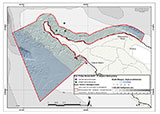



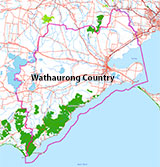



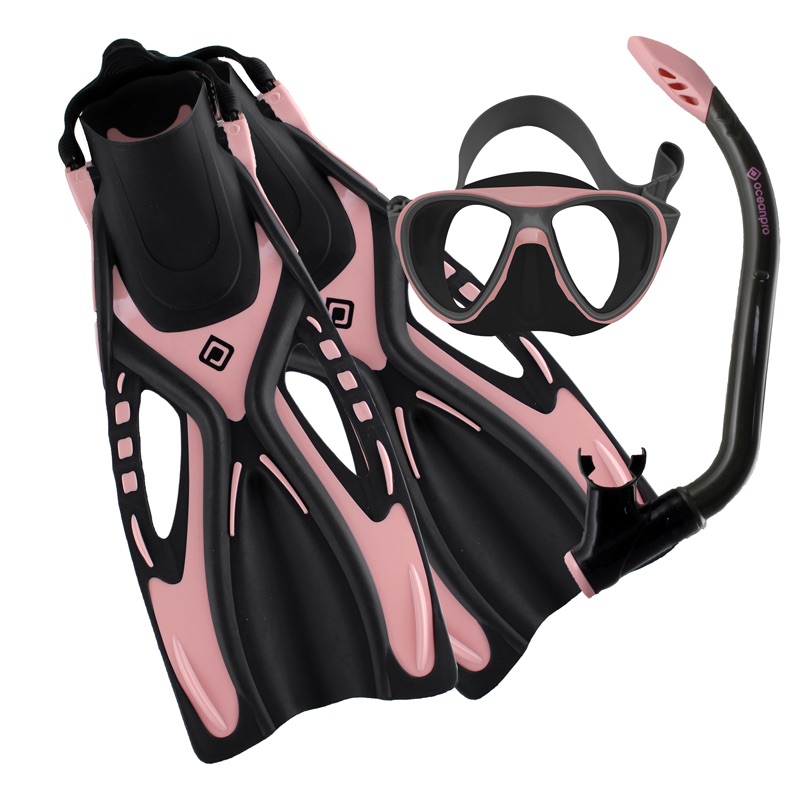




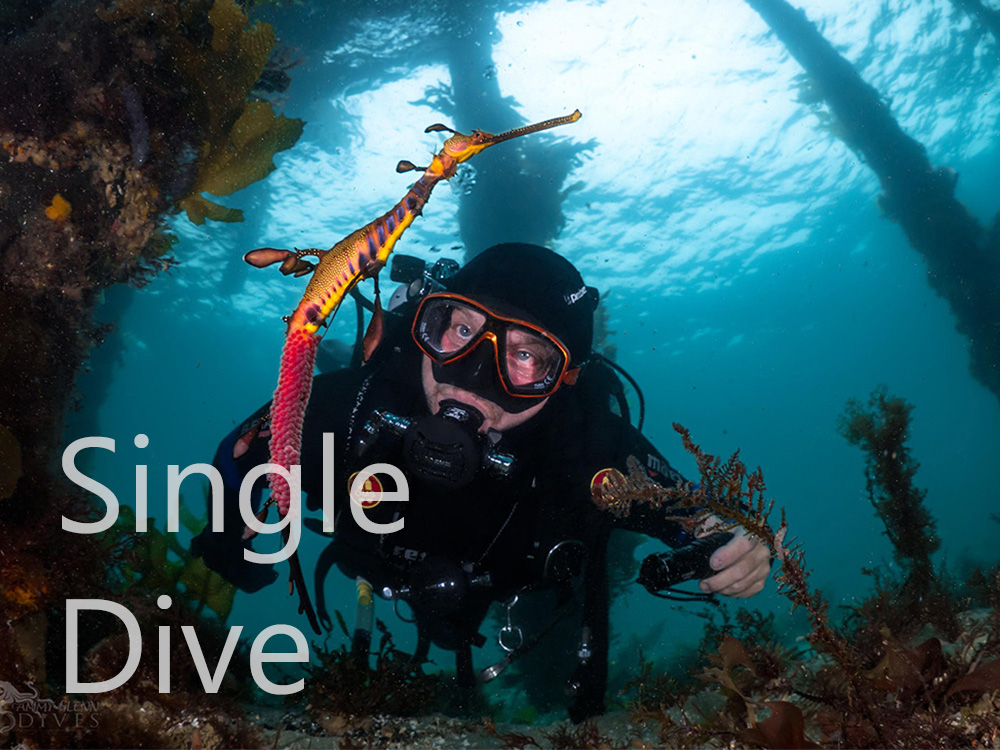


![Halcyon Infinity 30lb System [SS Small Backplate] Halcyon Infinity 30lb System [SS Small Backplate]](/diveshop/images/halcyon/Halcyon-Evolve-Wing.jpg)




